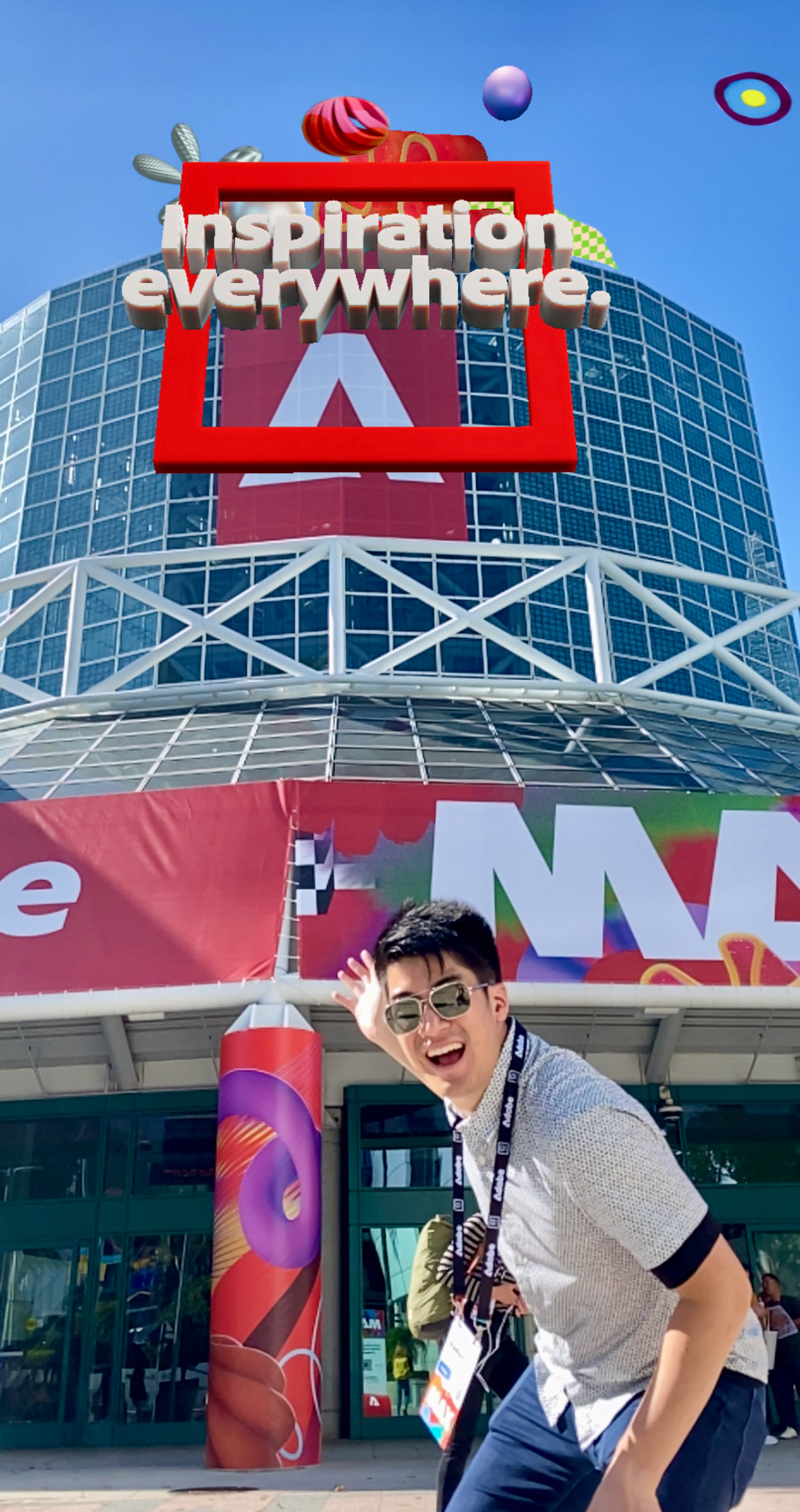
To get started, Download Aero on your mobile device!

Scan this QR code to see the art in your own room.
Six main CSUSM buildings are the hearts of our campus.
Each drop of blood circulates on paths from the hearts to the BigBelly waste bins.
Make sure the sound is on!
The time it takes for the blood to travel to the trash cans is 1/10 of the walking time on campus.
Circulation began with a dataset created in collaboration with the Sustainability Program here at CSUSM. Juliana Goodlaw-Morris provided me with a map of the BigBelly solar compacting waste bins on campus, but as I walked around I quickly realized that it was outdated. So, I went through the campus and documented the location of each BigBelly set to ensure the data was accurate. I then created my own updated BigBelly map based off of this data for 2022. To add another layer to this data, I created a spreadsheet documenting the amount of time it takes to walk from six of the major buildings on campus to the three closest BigBellies. The six main buildings - Arts, USU, Kellogg Library, SBSB, Craven Hall, and Markstein Hall - are relatively equally distributed across the school. Walking time was obtained by timing myself while walking to each trash can and using the measurement tool on Google Maps.
For my data translation project, I created unique posters for each building that could be scanned with the augmented reality app Artivive to reveal a map to the nearest BigBellies. This practical approach to the dataset was quite successful, but I was looking to create something much more experimental for the final. I turned to the medium and style of traditional etching as inspiration. To push this style further, I introduced it to the medium of augmented reality through Adobe Aero. I had previously only used the Aero app, but after its occasional crashes became the norm I moved to the beta desktop version. This project became an experiment of combining mediums and using a just released software for the first time.
The theme of my experimental data visualization is the campus as a circulatory system. Each of the six main buildings are the hearts of the campus with the flows of students to and from the BigBelly waste bins like the life-sustaining flow of blood. I drew an anatomical heart in the style of etching in Procreate. The hatching commonly seen in etchings was substituted for stippling to increase the appearance of movement when I subsequently imported the drawings into Aero. Three drops of blood for each building travel from the heart to the relative location of the three closest trash cans in one tenth of the time it takes to walk the same distance. For a drop of blood that takes 4 seconds to travel to the trash can, it will take a student 40 seconds to walk from the building to the same trash can. The animations of this circulatory system are triggered once a viewer enters the proximity of the drawing while viewing it in augmented reality. Reflecting on this ethereal interpretation of the data, I can see a beauty and importance in the waste systems of this school in a way that was unachievable through the practical interpretation of my data visualization. This augmented reality experience is truly mesmerizing and demonstrates the power of this medium to immerse viewers in even the most trashy subjects.
Research
My data included a map of the BigBelly trash cans currently on campus provided by the Sustainability Program, an personally created updated map, and personally collected walking times between six main buildings and the three closest BigBellies. I also referenced the style of several historical etchings like those of Rembrandt pictured below.






Development
The posters and related augmented reality components I created for my data visualization project gave me a strong jumping off point for my final experimental work. Below you can also see my progress work for the heart and streaming blood droplet drawings.














Outcome
Here are some screenshots of my final augmented reality piece. Please also view the videos at the start of this post. I set the final Aero project to an edited version of Fog - Again Again by Radiohead to increase the ethereal tone of my artwork.





Works Cited
Heatmap Type: Highest Volume For Time Period: October 26, 2021 - April 25. San Marcos, CA: California State University San Marcos, 2022. Web. 4 Apr 2022.
NOTE: The data provided by the Sustainability Program is not accessible to the public, so I included it in this post. The dataset I created for the metadata is also included above.









